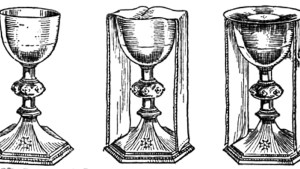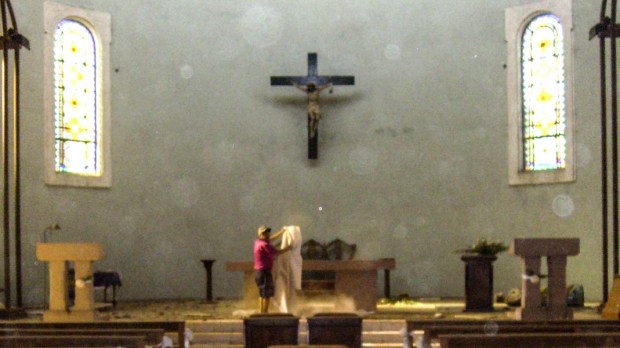Lenten Campaign 2025
This content is free of charge, as are all our articles.
Support us with a donation that is tax-deductible and enable us to continue to reach millions of readers.
In parish life, one of the roles that is rarely seen by parishioners is that of a sacristan. It is a “behind-the-scenes” position that makes the priest’s job on Sundays less stressful.
The General Instruction of the Roman Missal explains, “The following also exercise(s) a liturgical function: The sacristan, who carefully arranges the liturgical books, the vestments, and other things necessary in the celebration of the Mass” (No. 105).
In the medieval Church this task was often completed by the doorkeeper, who lived close to the parish church. For many centuries the sacristan, especially in monastic communities, was a younger priest or seminarian in minor orders. However, as the Church expanded to far-off regions of the world with solitary missionary priests, the laity or religious women would be given the important task.
In the past few hundred years there also arose “Altar Societies,” where members of the parish join together in assisting the priest with whatever is needed for the liturgy.
It is an essential service in the parish as it helps priests focus on the ministerial aspect of their priesthood. The sacristan keeps the liturgical items for Mass in order while the priest is free to visit parishioners, anoint the sick and prepare homilies.
Sacristans are always needed, especially in rural parishes, and it is a way to serve the Church in a less public way.

Read more:
Here are the names of the sacred vessels a priest uses at Mass

